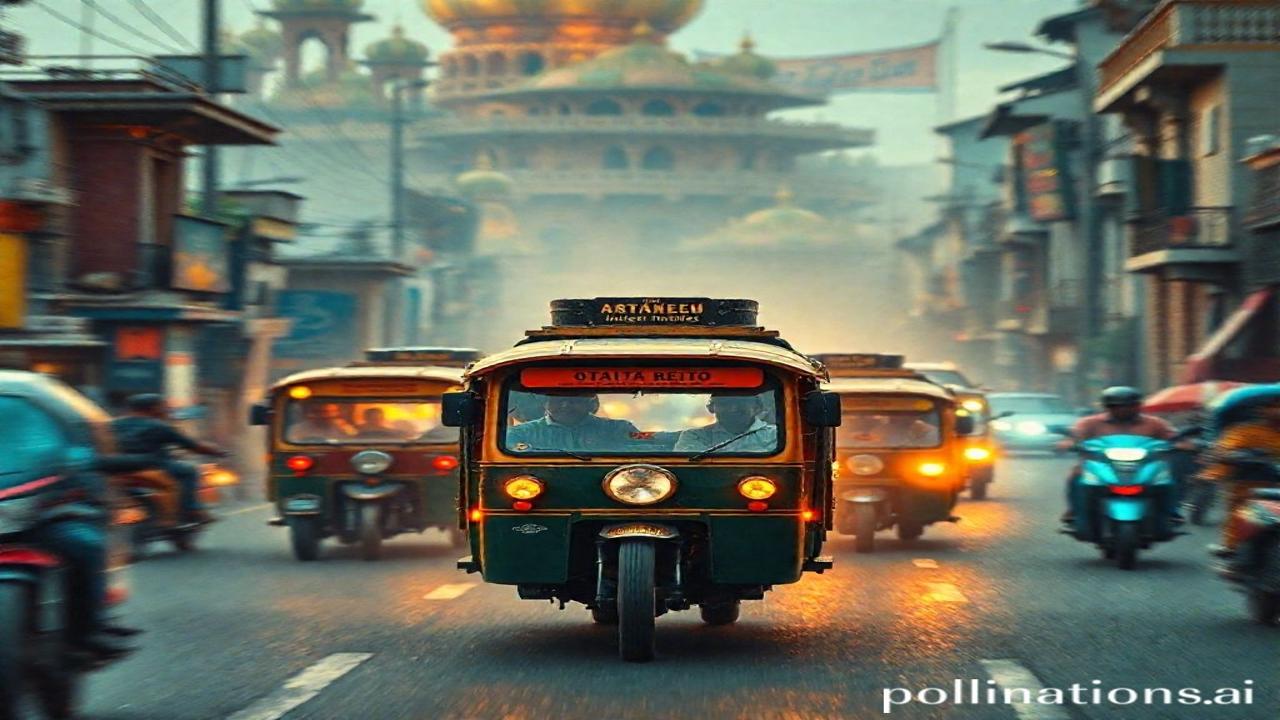Dhool Bhari Rahon Par: Transportation in Ancient Indian Cities – A Journey Back in Time
Kabhi socha hai, jo rath Harappa aur Mohenjo-daro ki galiyon mein daudte the, unki dhool ki mehak kaisi thi? Imagine the bustling marketplace, the creak of wooden wheels, the shouts of vendors, all mingling in a vibrant symphony of ancient Indian life. Waqt ki dhool mein chhupi yeh kahaniyan humein batati hain ki hamare purvaj kaise safar karte the, kaise apne shahar banate the, aur kaise dhoor-daraz ke ilakon se judte the. Let’s embark on a journey back in time to explore the fascinating world of transportation in ancient Indian cities!
Transportation in Ancient India: A Historical Panorama
So, what are we talking about when we say “ancient Indian cities”? We’re diving into the era of the Indus Valley Civilization (around 3300-1700 BCE) all the way up to the Gupta period (320-550 CE) and beyond. Yeh woh samay tha jab Bharat, sanskriti aur vyapar ka kendra tha. From the planned streets of Harappa to the magnificent cities of the Mauryan Empire and the artistic hubs of the Guptas, transportation played a crucial role in shaping these urban centers.
Important Dates and Civilizations to Remember:
- Indus Valley Civilization (3300-1700 BCE): Planned cities with well-developed infrastructure.
- Mauryan Empire (322-185 BCE): Efficient administration and extensive road networks.
- Gupta Empire (320-550 CE): Golden age with flourishing trade and art.
The importance of transportation is evident in the very layout of these cities. Think of the wide, straight roads of Harappa designed for carts and people, or the well-maintained highways built by the Mauryans to connect their vast empire. Yeh sirf safar ka zariya nahi tha, balki yeh shahar ki jaan tha, linking people, resources, and ideas.
The Daily Grind: People and their Modes of Travel
Let’s imagine life in an ancient Indian city. Ma Rukmini apne bete ke saath Vaishali Bazaar ja rahi hai. Aur unke paas ek बैलगाड़ी hai. Ma Rukmini ne aaj naye kapde pehne hain, kyunki bazaar mein utsav ka mahual hai.
Different Strokes for Different Folks:
- The Rulers: Chariots, often pulled by horses, were the vehicles of choice for kings and nobles. Think of Ashoka riding his chariot across the land, spreading his message of Dharma.
- The Artisans: Bullock carts (bailgaadi) were essential for transporting raw materials like clay, stone, and wood to the workshops.
- The Saints: Many relied on walking, carrying only essential belongings, as they spread their wisdom across the land.
- The Traders: They navigated rivers and seas in boats and ships, bringing spices, textiles, and other goods from distant lands. The bustling ports of Lothal and Muziris bear witness to this vibrant maritime trade.
- The Warriors: Elephants, horses, and chariots were integral parts of the army, used for both transport and warfare.
Imagine the sounds of these cities: the clatter of hooves, the rumble of wheels, the rhythmic chanting of mantras, all blending together to create a unique urban symphony.
Dharaohar Aur Pehchaan: Echoes of the Past in the Present
Even today, we see the echoes of ancient Indian transportation in various aspects of our culture. From the ubiquitous bullock cart in rural areas to the reverence for animals like cows and elephants, the legacy of our ancestors lives on. The concept of “Sadak” or road, a lifeline of connectivity, has its roots in the meticulously planned road networks of the Mauryan era.
Bharatiyata and Modern Identity:
The emphasis on sustainable and eco-friendly modes of transport, like walking and cycling, is also a reflection of our traditional values. The ancient Indians understood the importance of living in harmony with nature, a lesson that is more relevant than ever today.
Majedar Tathya Ya Bhram-Bhanjak: Fun Fact Alert!
Log samajhte hain ki sirf bade shahron mein hi achhi sadken thi. Lekin asli sach yeh hai ki Mauryan samrajya ne pure desh mein sadkon ka ek network banaya tha, jo chote gaanvon aur shahron ko bhi jodta tha! These roads were not just pathways; they were arteries of trade, communication, and cultural exchange.
Drisya Aur Bhavanaen: A Sensory Experience
Imagine standing in the ancient city of Pataliputra (modern-day Patna). The air is thick with the aroma of incense and spices. The walls of the royal palace gleam in the afternoon sun. The sound of drums and trumpets fills the air as a procession of elephants and chariots passes by. The temple walls feel cool and smooth to the touch. The energy of the city is palpable, a vibrant mix of commerce, culture, and spirituality.
Antim Vichar Ya Uddharan: Final Thoughts
As we conclude our journey through the world of ancient Indian transportation, let us remember the ingenuity and resourcefulness of our ancestors. Their innovations in transportation not only facilitated trade and communication but also shaped the very fabric of Indian society.
“Charati Veti Charati, Sthato Veti Sthito” – “He who moves, gains; he who stands, loses.” This ancient proverb reminds us that progress and prosperity are achieved through movement and exploration, a truth that was as relevant in ancient India as it is today.
